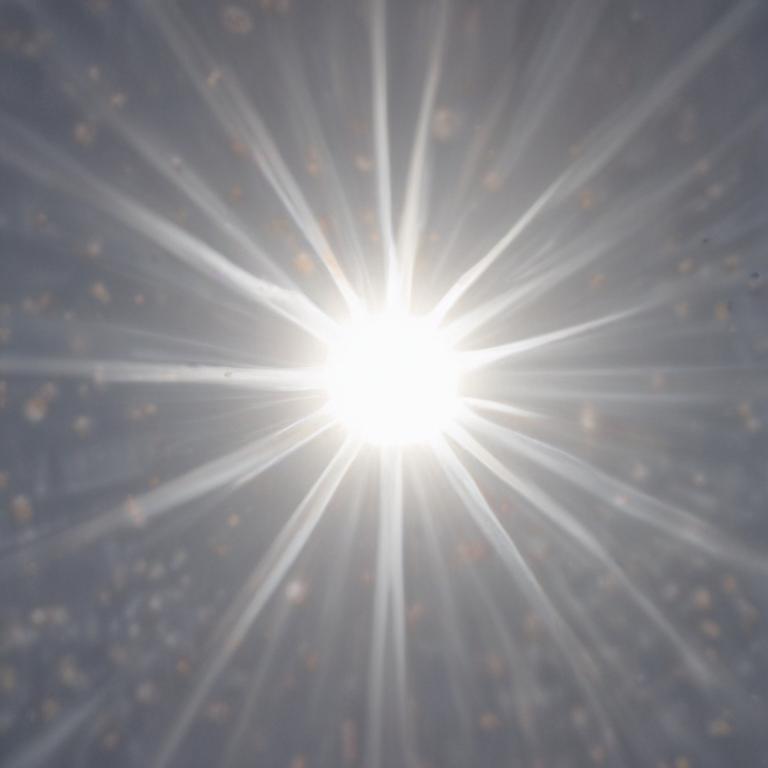发音 (Pronunciation):
IPA: /sʌn/
中文近似: '桑'
中文意思与词性 (Meanings & Part of Speech):
- 太阳 (n.)
- 阳光 (信息待补充)
例句 (Examples):
1. The sun rises in the east.
(太阳从东方升起。)
2. We need sunlight for the plants to grow.
(植物需要阳光才能生长。)
用法提示 (Usage Tip):
注意区分 'sun' 和 'son',前者指太阳,后者指儿子。
更多关于 "sun" (More about "sun")
单词来源 (Etymology)
来源于古英语的 'sunne',原意是指天空中的光源。
词根词缀解析 (Root & Affix Analysis)
词根词缀解析待补充。
“sun”的字母与词根个性化解读
字母象形/引申义 (个性化参考)
- 字母 's' 的象形或引申含义可能包括: 水波纹/走路痕迹 (S象形); 吐气轻细咝 -> 说话 (拟声); 音变: S=C=Z=TH=X。
- 字母 'u' 的象形或引申含义可能包括: 中空 -> 容器 -> 用具 -> 使用; 音变: U=V=W; U=A=E=I=O=Y。
- 字母 'n' 的象形或引申含义可能包括: 水 (M=N); 鼻音 (nose); 突出/生长/新生; 门 -> 否定 (no, not); 连接; 音变: N=M=L=R。
学习提示:以上针对单词 sun 的字母和词根解读,主要基于提供的特定象形及词根资料。这些提示旨在启发联想,而非绝对定论。更通用的记忆规则和原则请参考首页。英语词源复杂多变,实际应用中请结合更全面的词源词典和语言学知识进行深入学习。
常用词组 (Common Phrases)
- sunshine: 阳光
- sunset: 日落
其他语言 (Other Languages)
- 德语: Sonne
- 法语: soleil
字母整体创意联想
单词 'sun' 的形状像一个弯曲的太阳,代表光和温暖。
逐字母创意解读
中文谐音助记
‘太阳’的‘桑’像一个大圆盘,代表光明和温暖。
相关电影/名言
"But in the end, the sun will rise."
(但最终,太阳会升起。)
- 《某电影名》(年份)
趣味知识/故事
在古代文化中,太阳被视为神明,许多文明都崇拜太阳,认为它是生命的源泉。
拓展信息
‘sun’在不同文化中有着不同的象征意义。在许多神话中,太阳被看作是创造和生命的象征。
此外,太阳的光线对地球上的生态系统至关重要,它影响着气候、植物生长等多个方面。
网络参考 (More about "sun" from the Web)
Sun - Wikipedia
The Sun is the star at the centre of the Solar System.It is a massive, nearly perfect sphere of hot plasma, heated to incandescence by nuclear fusion reactions in its core, radiating the energy from its surface mainly as visible light and infrared radiation with 10% at ultraviolet energies. It is by far the most important source of energy for life on Earth. ...
Our Sun: Facts - Science@NASA
The Sun orbits the center of the Milky Way, bringing with it the planets, asteroids, comets, and other objects in our solar system. Our solar system is moving with an average velocity of 450,000 miles per hour (720,000 kilometers per hour).
In Depth | Sun - NASA Solar System Exploration
Length of day 25 Earth days at the equator and 36 Earth days at the poles.. Length of year The Sun doesn't have a "year," per se. But the Sun orbits the center of the Milky Way about every 230 million Earth years, bringing the planets, asteroids, comets, and other objects with it.
更多图片 (sun More Images)

